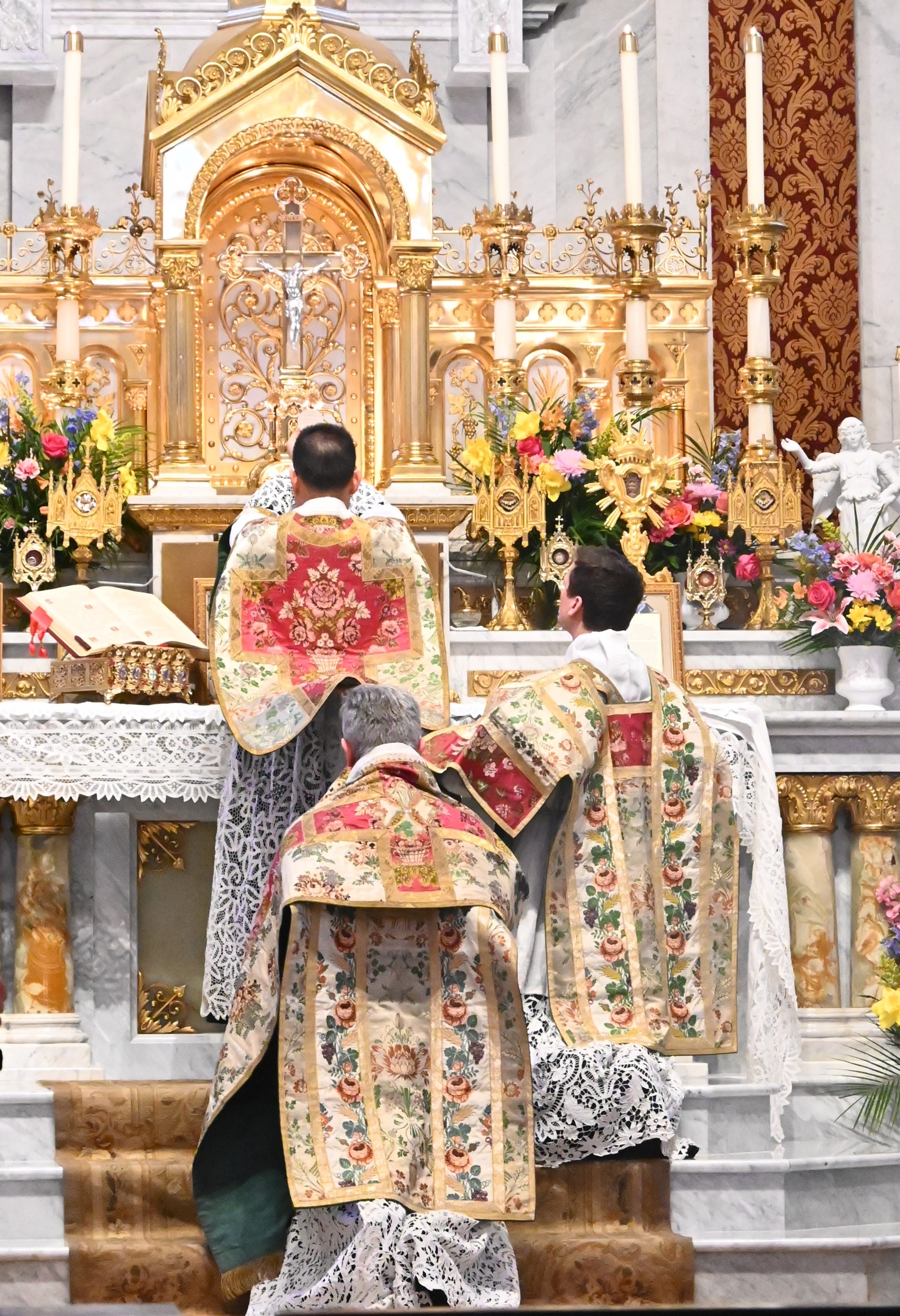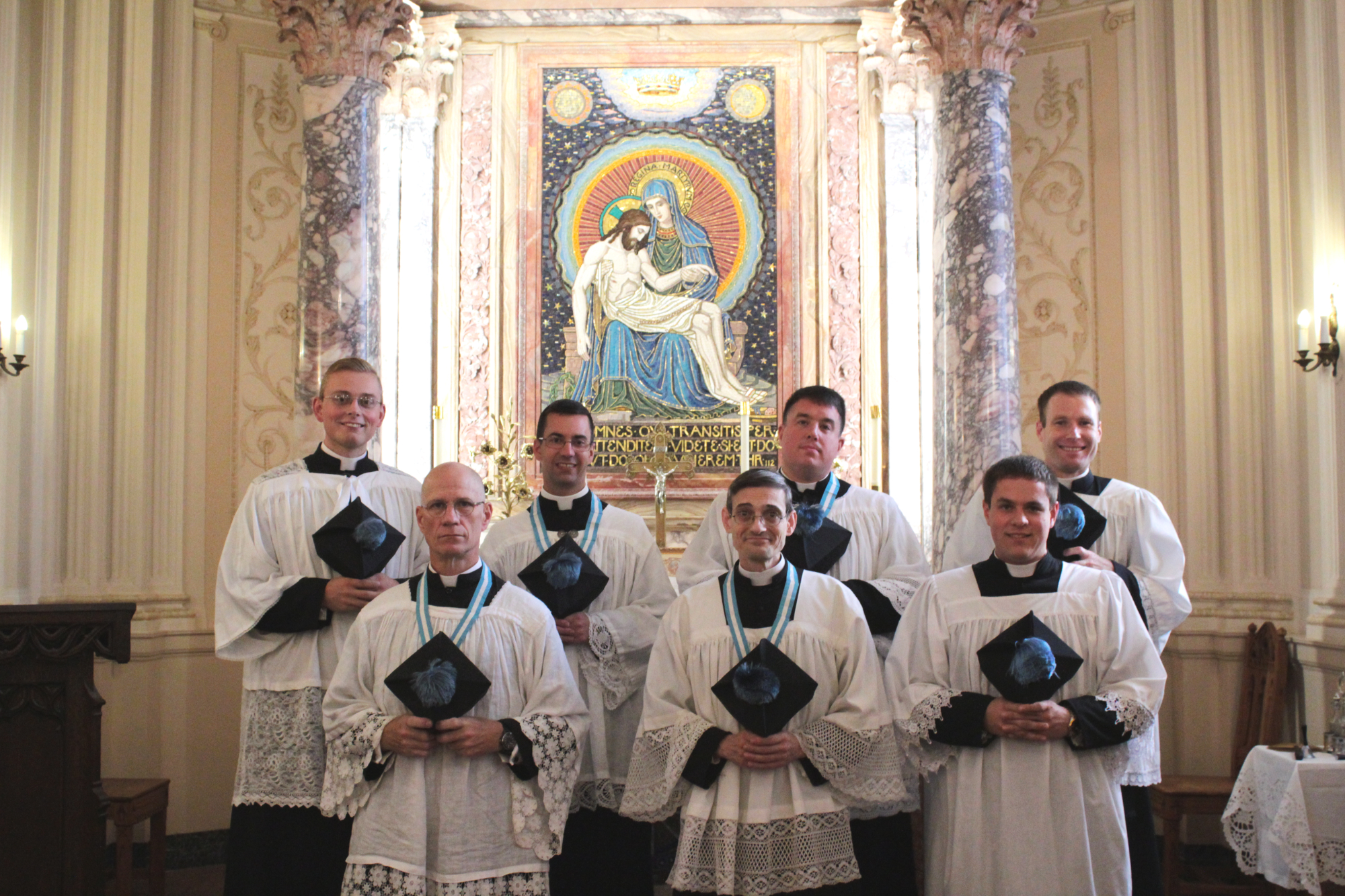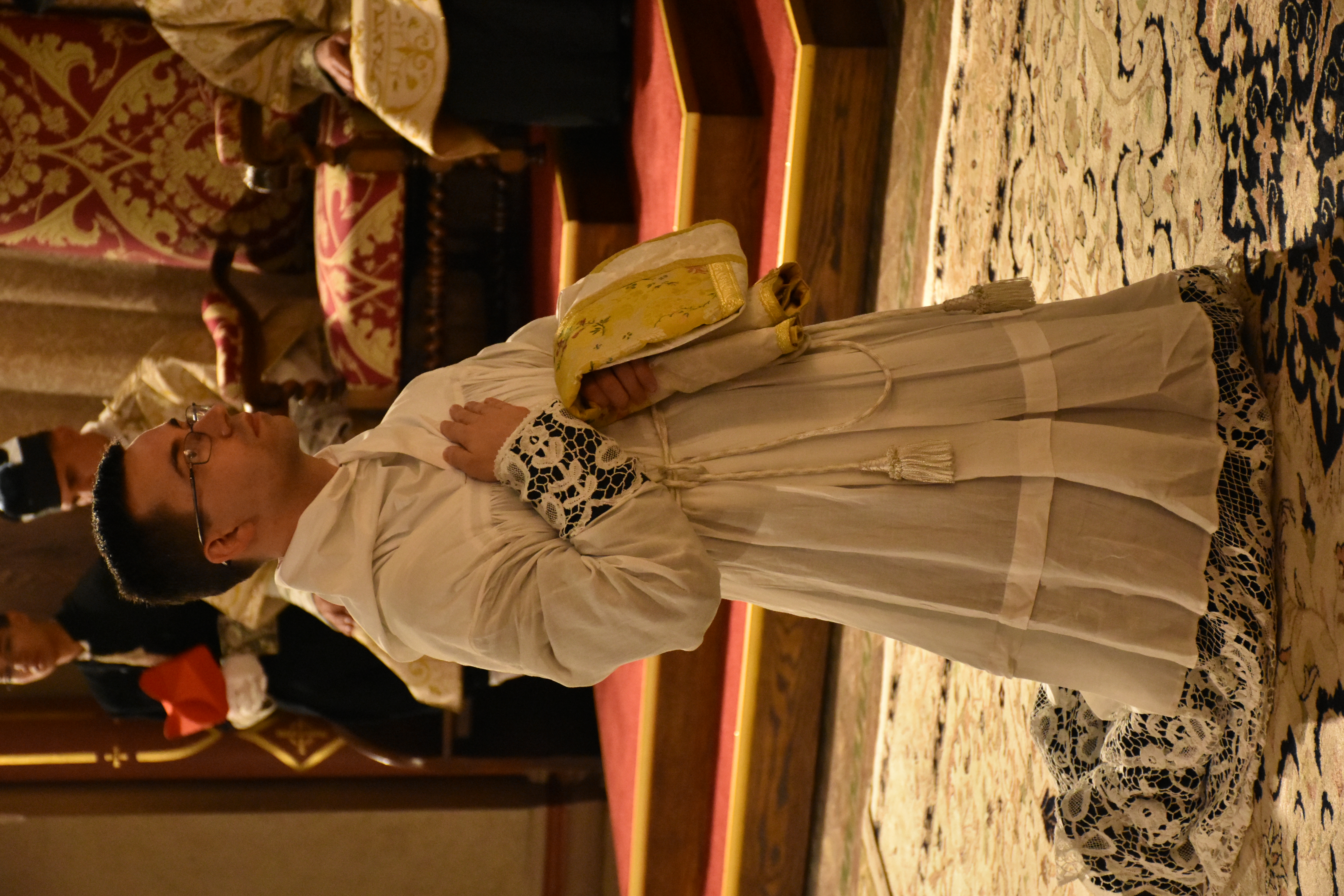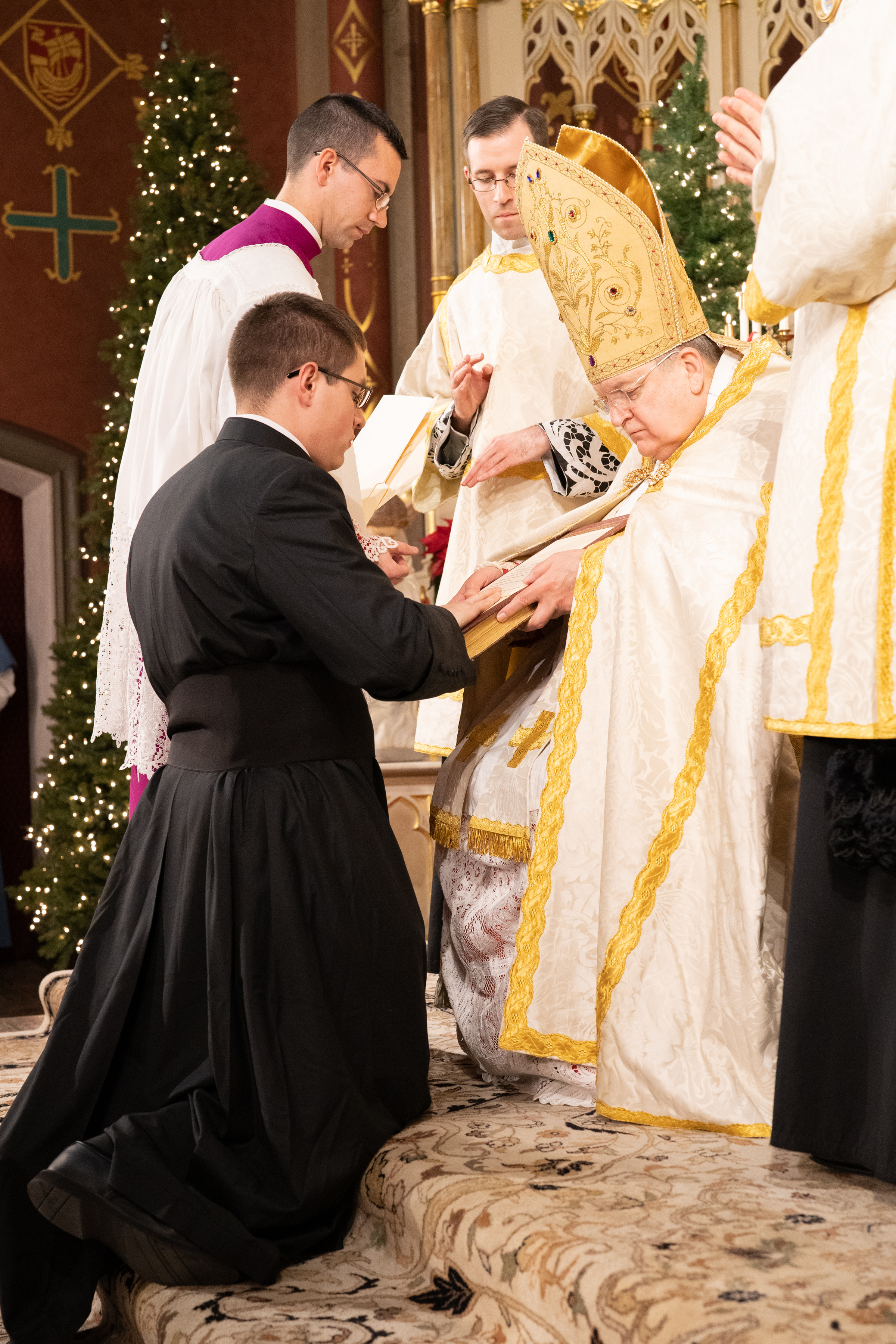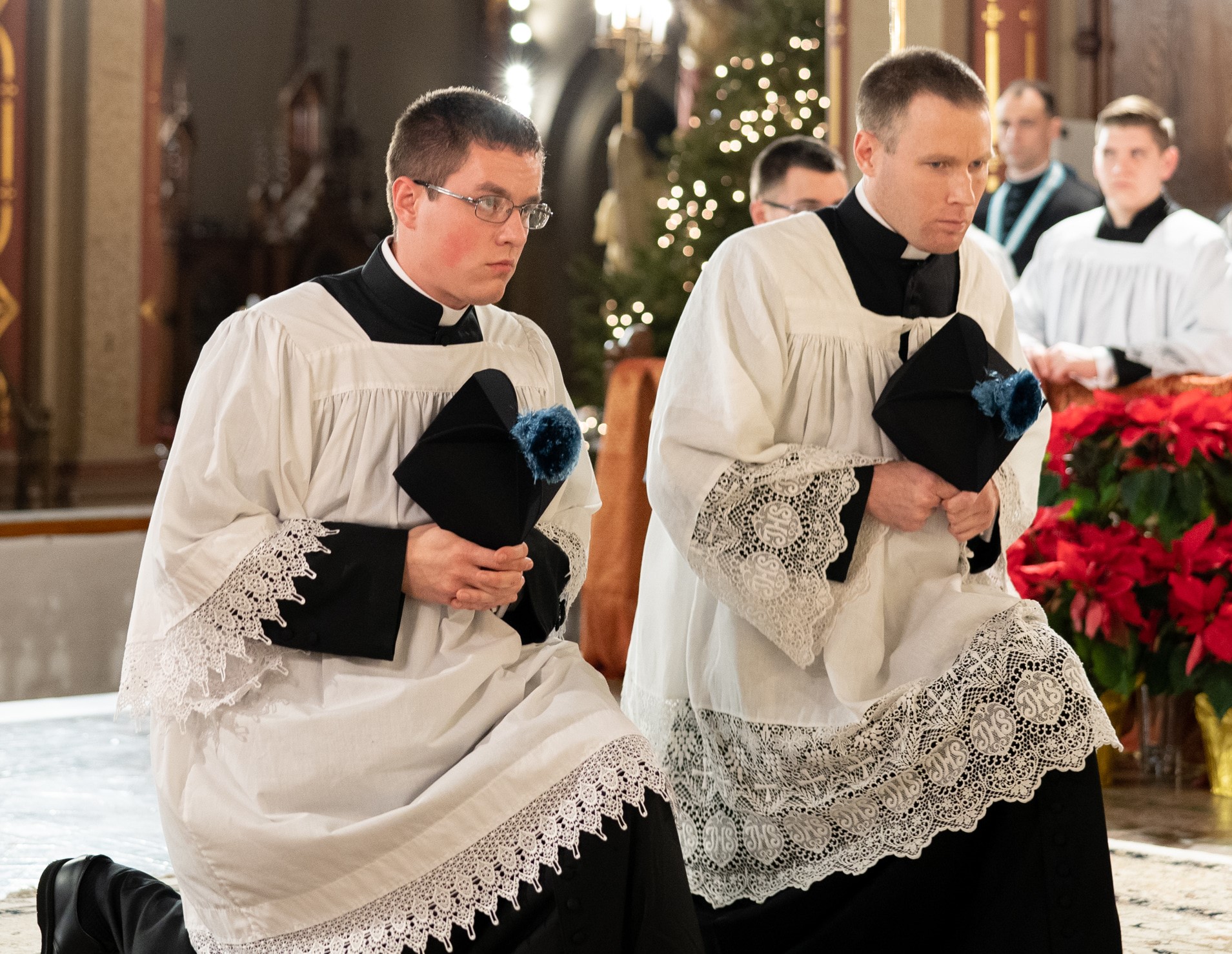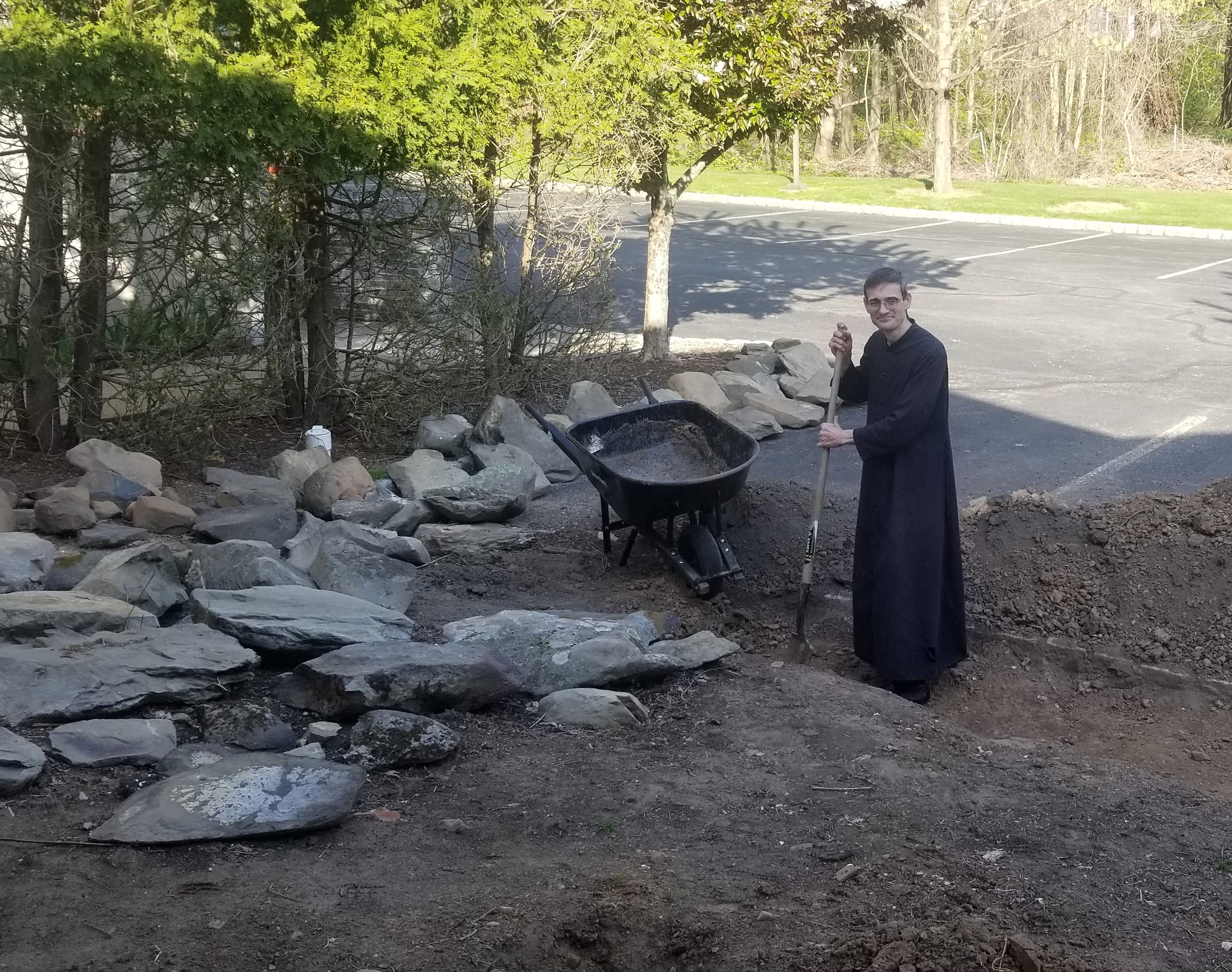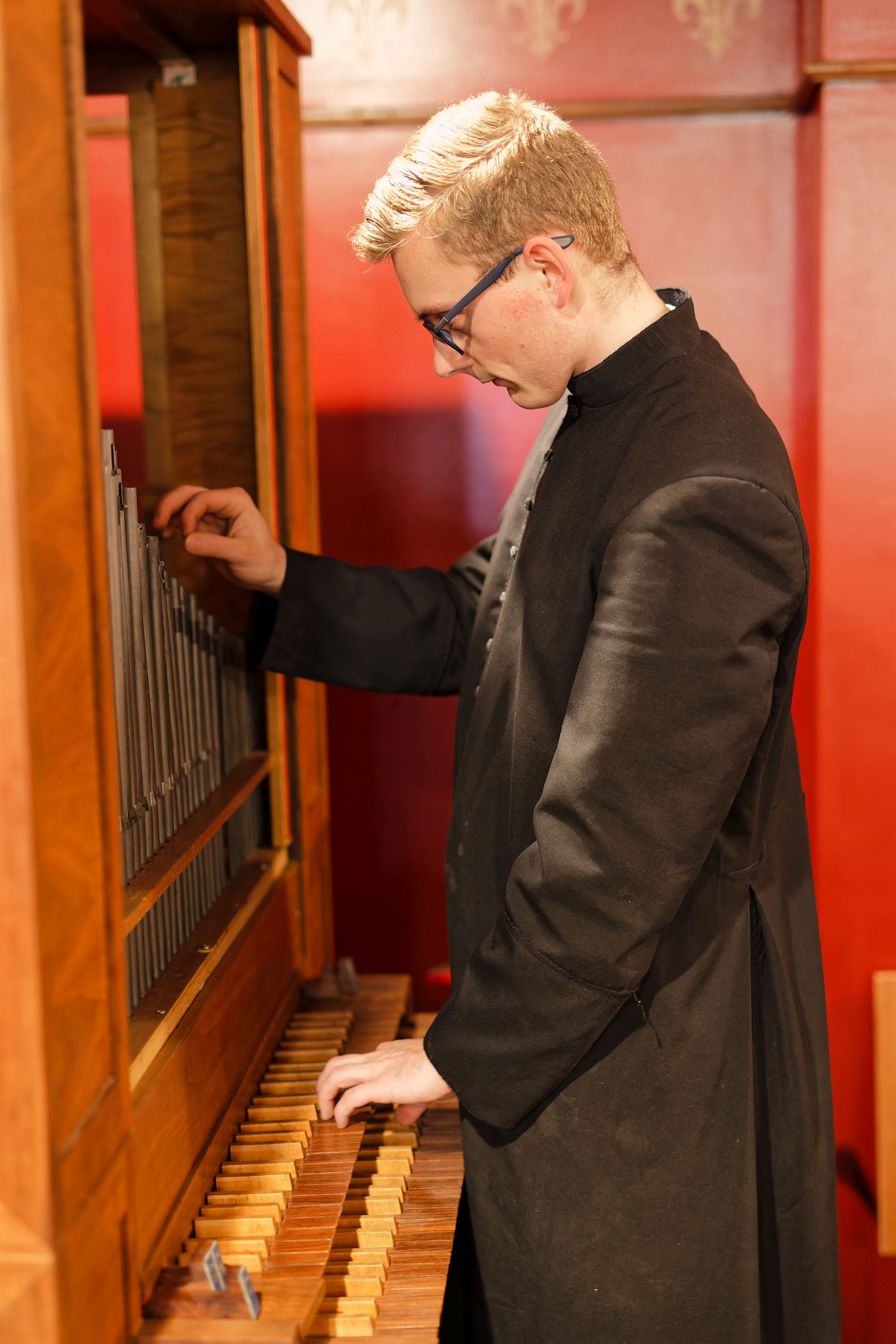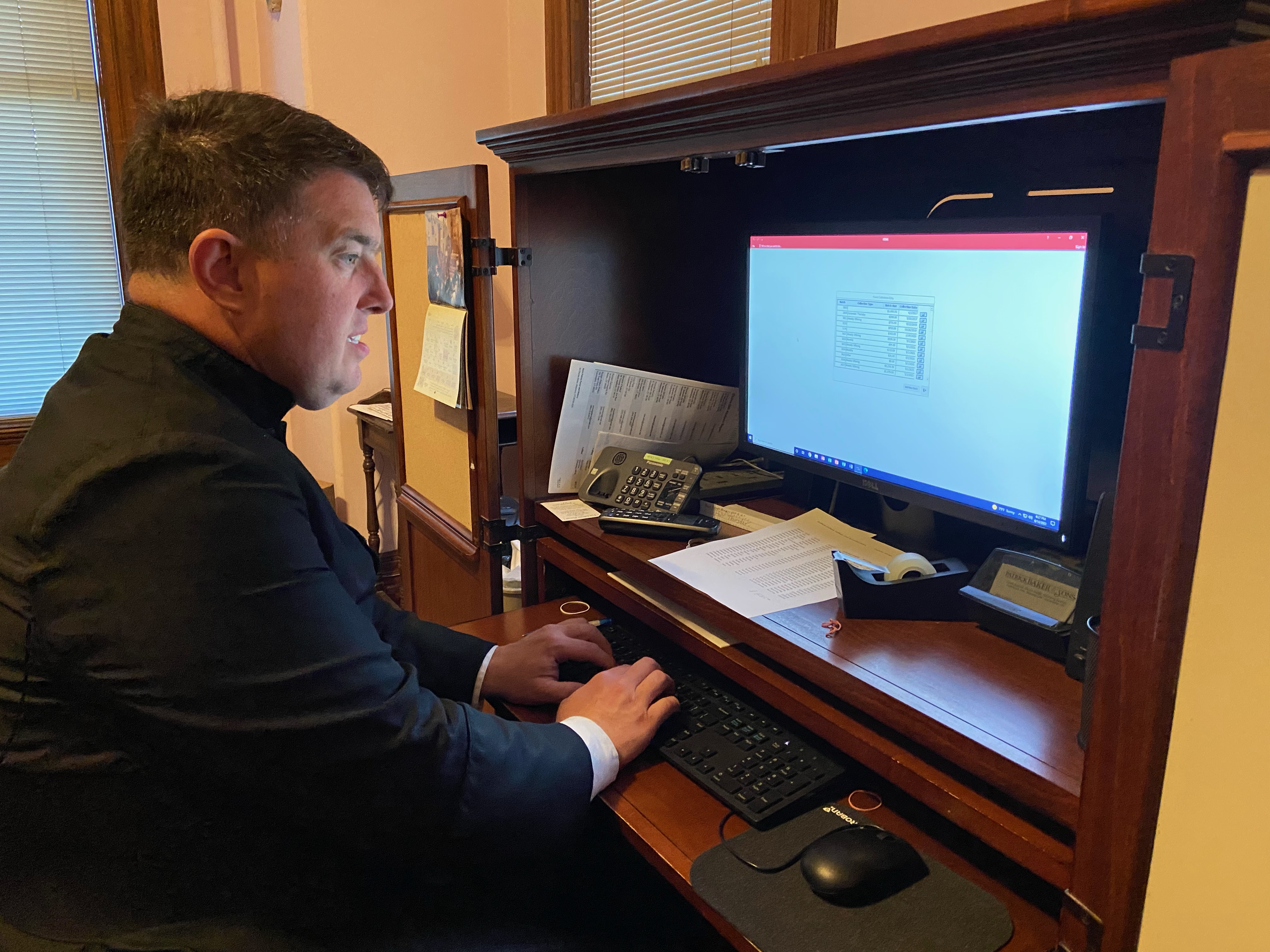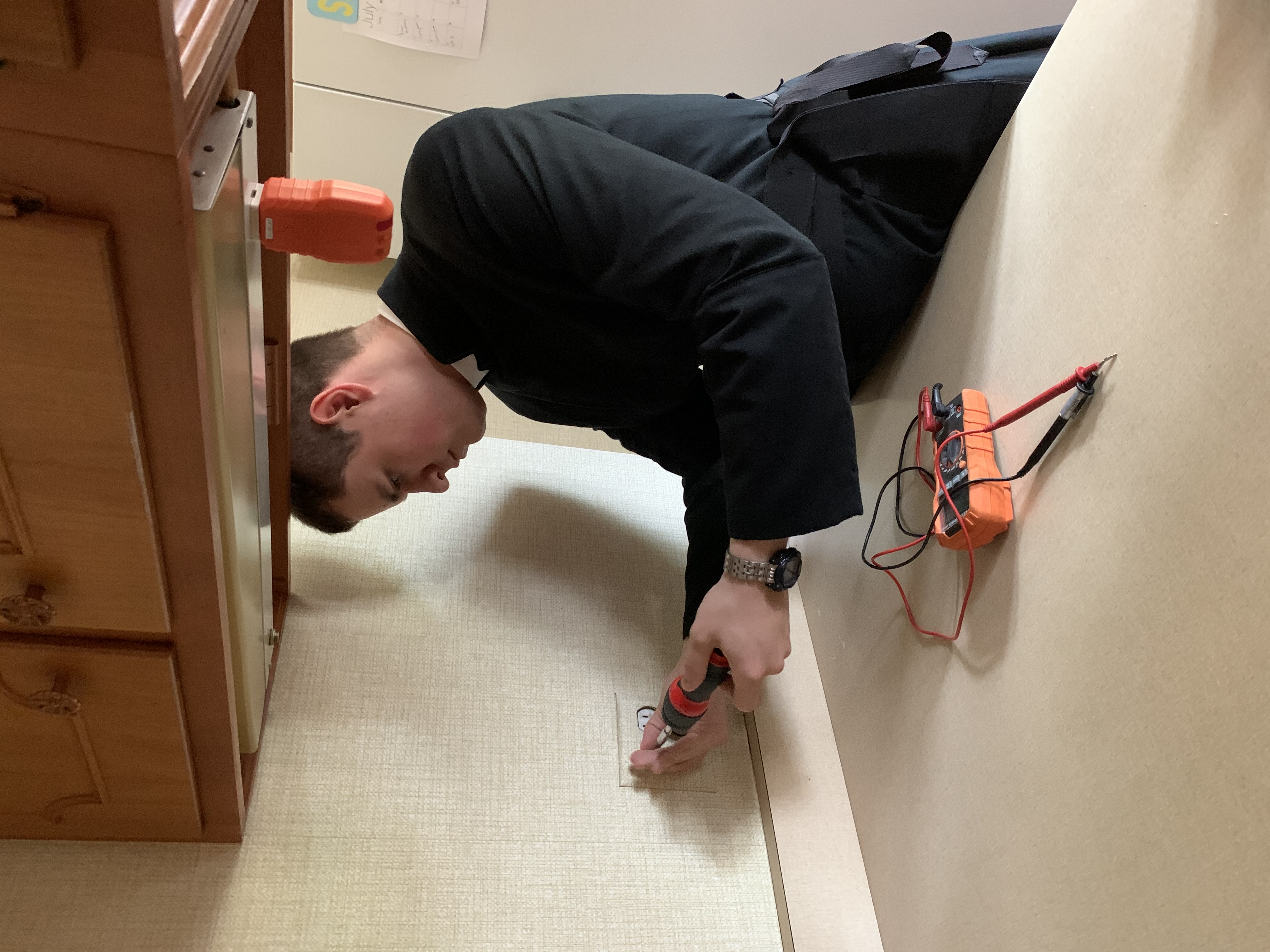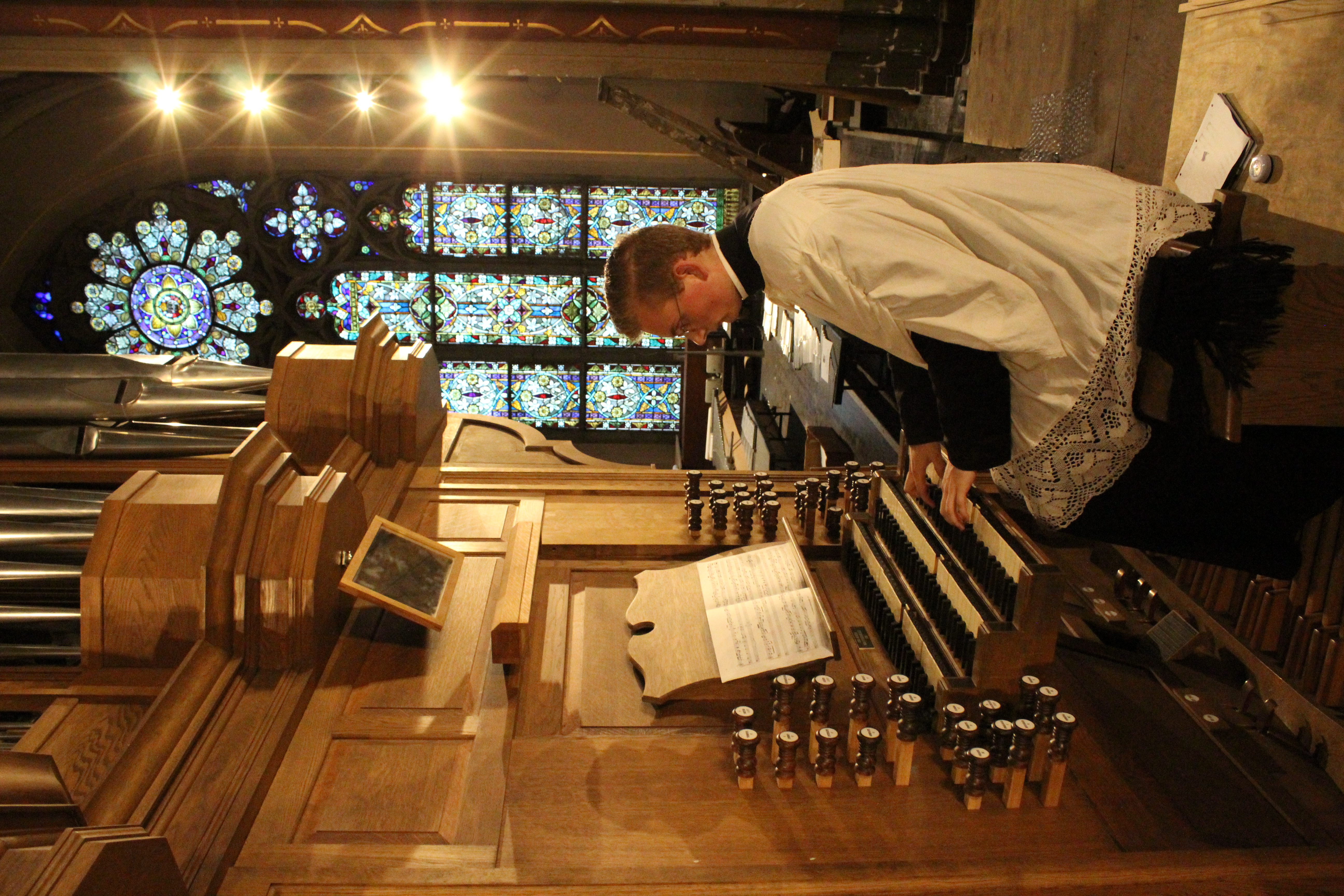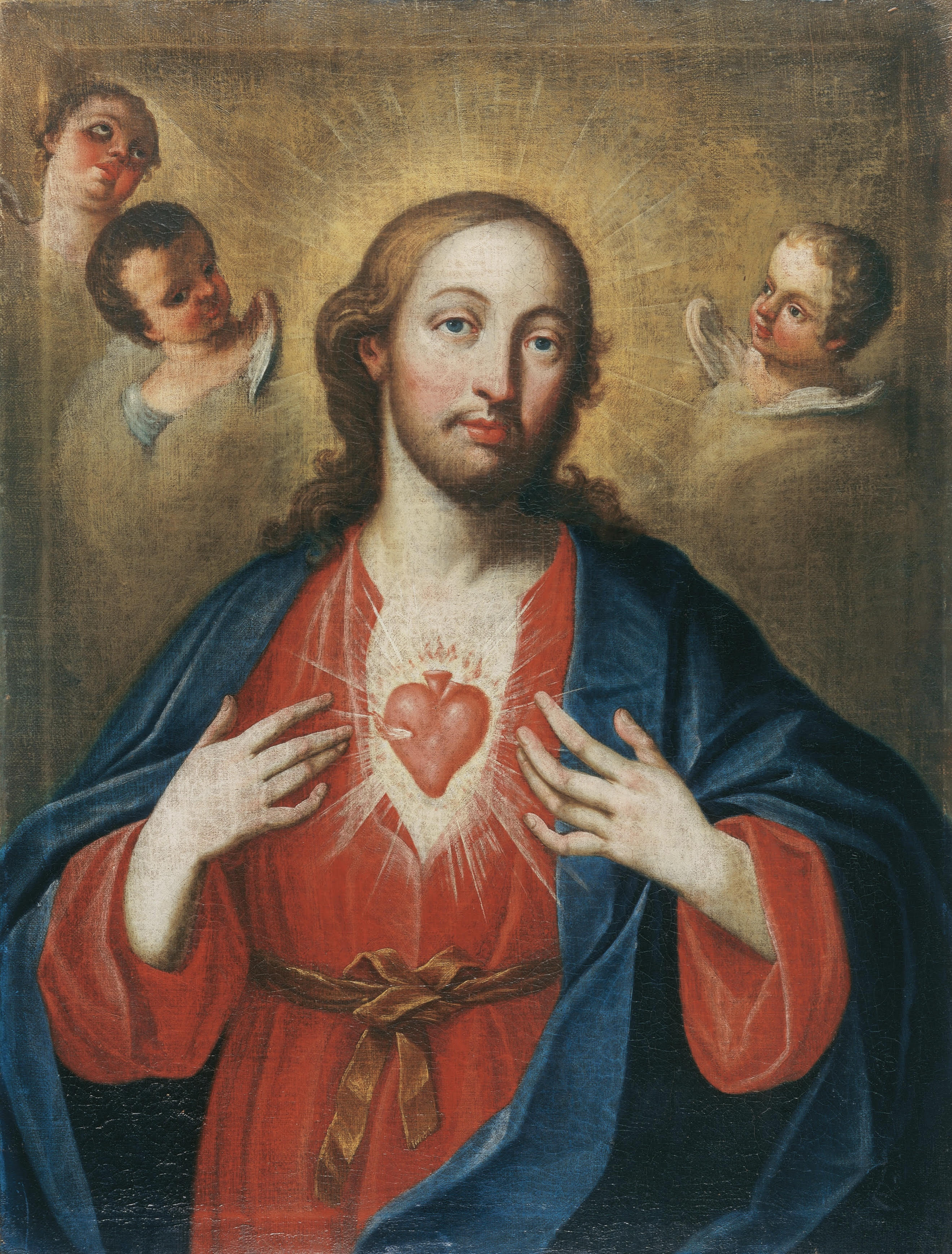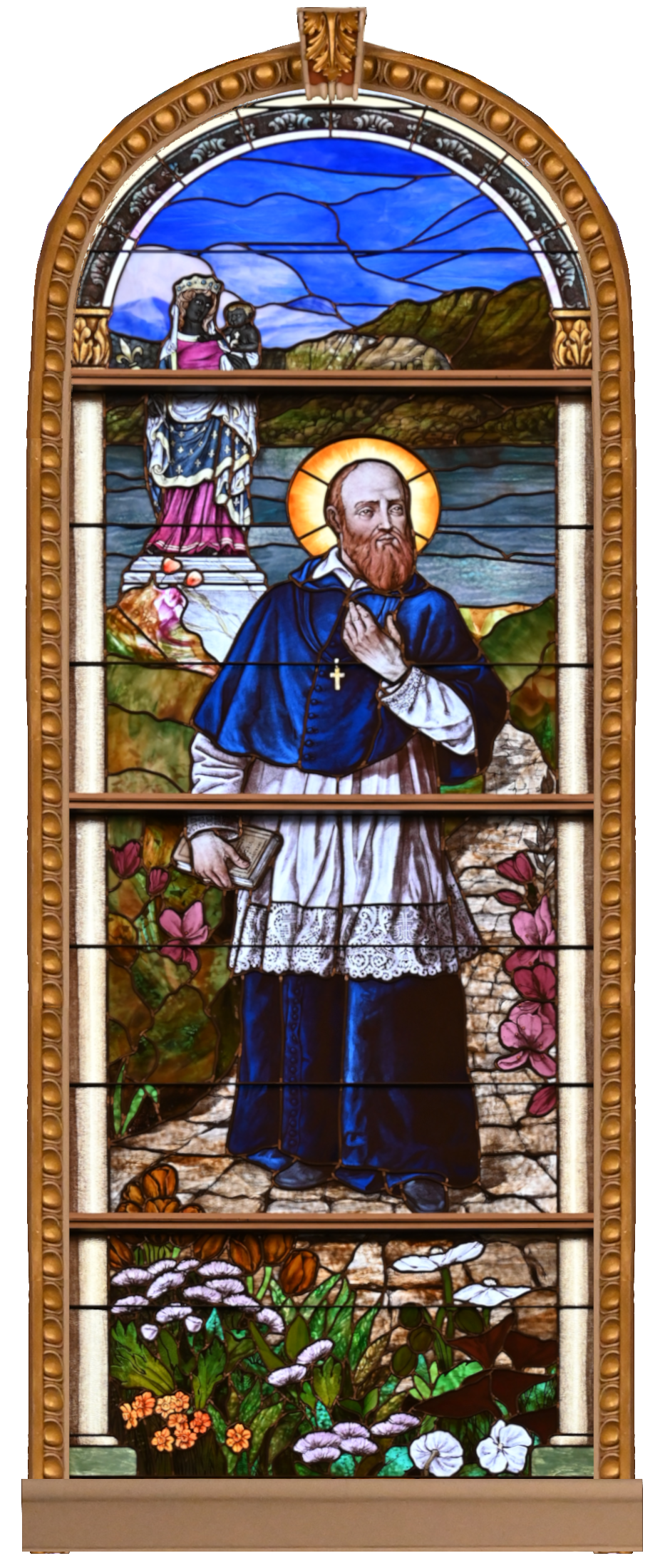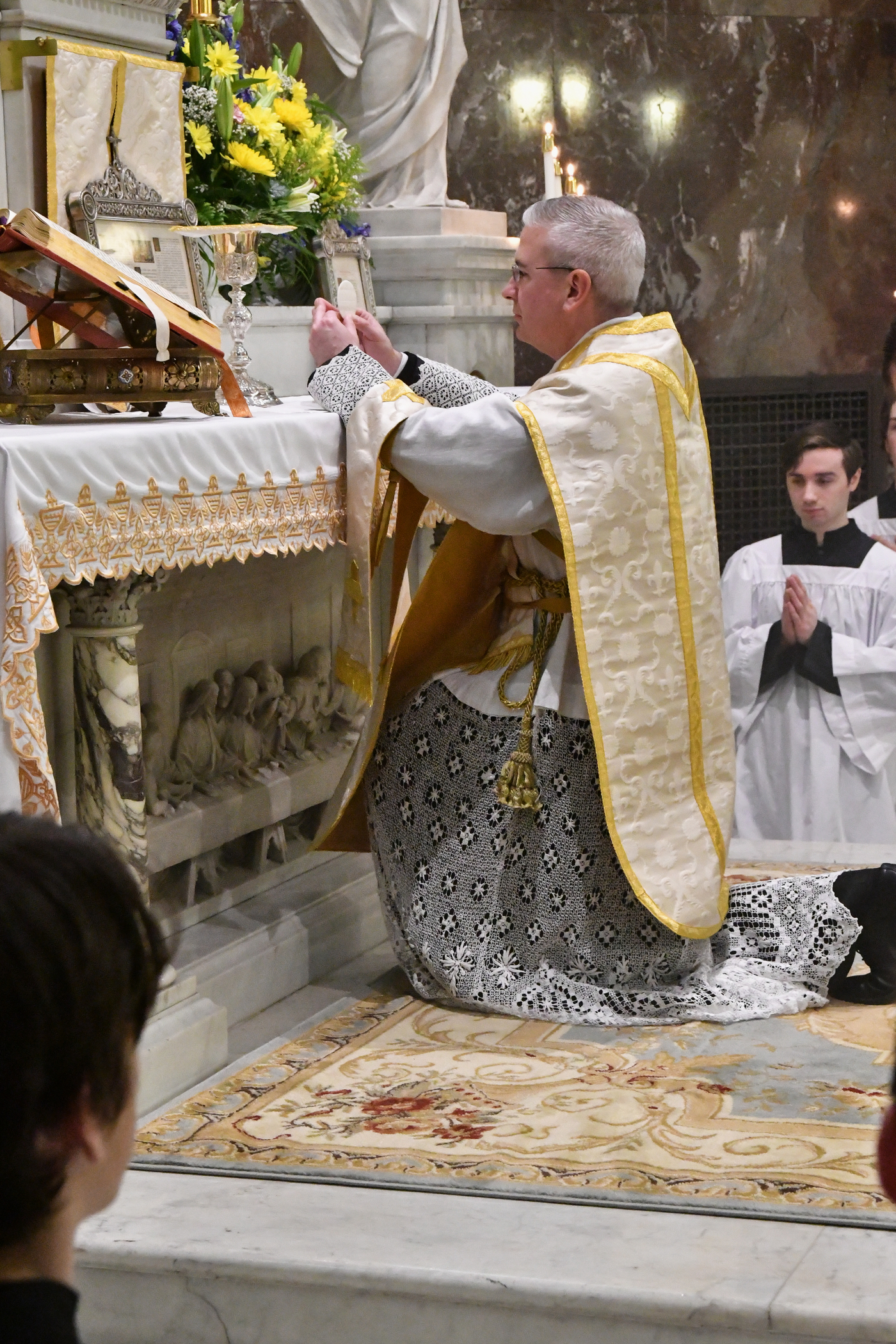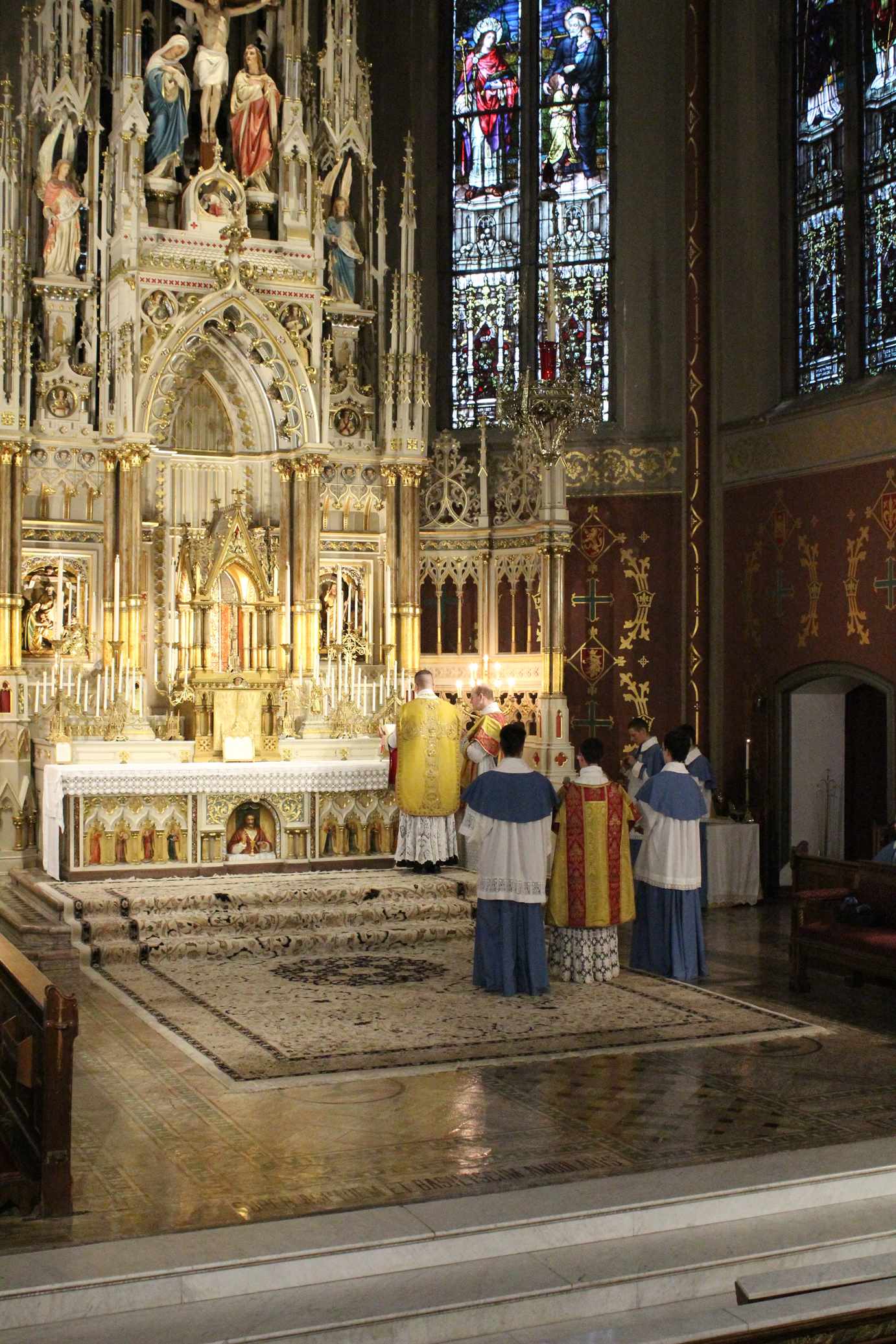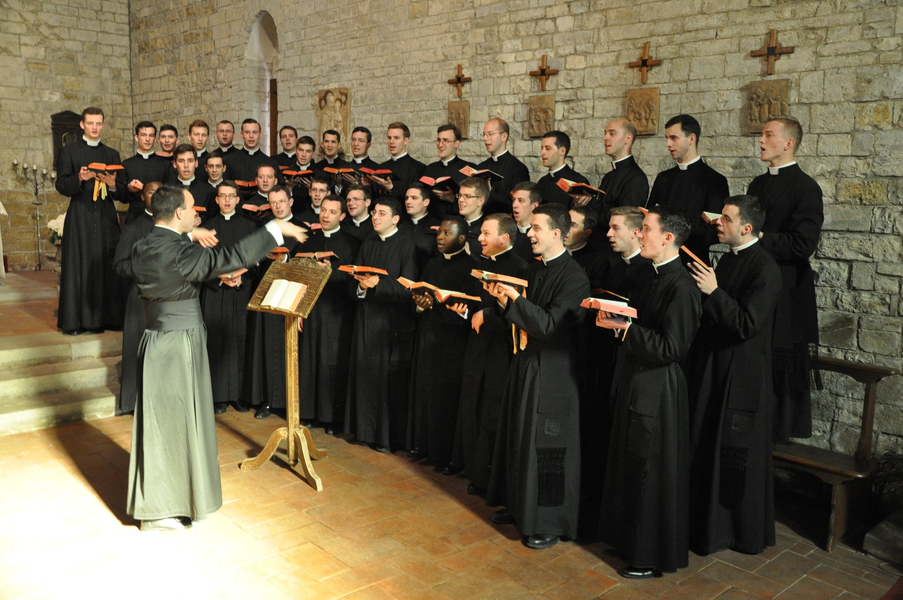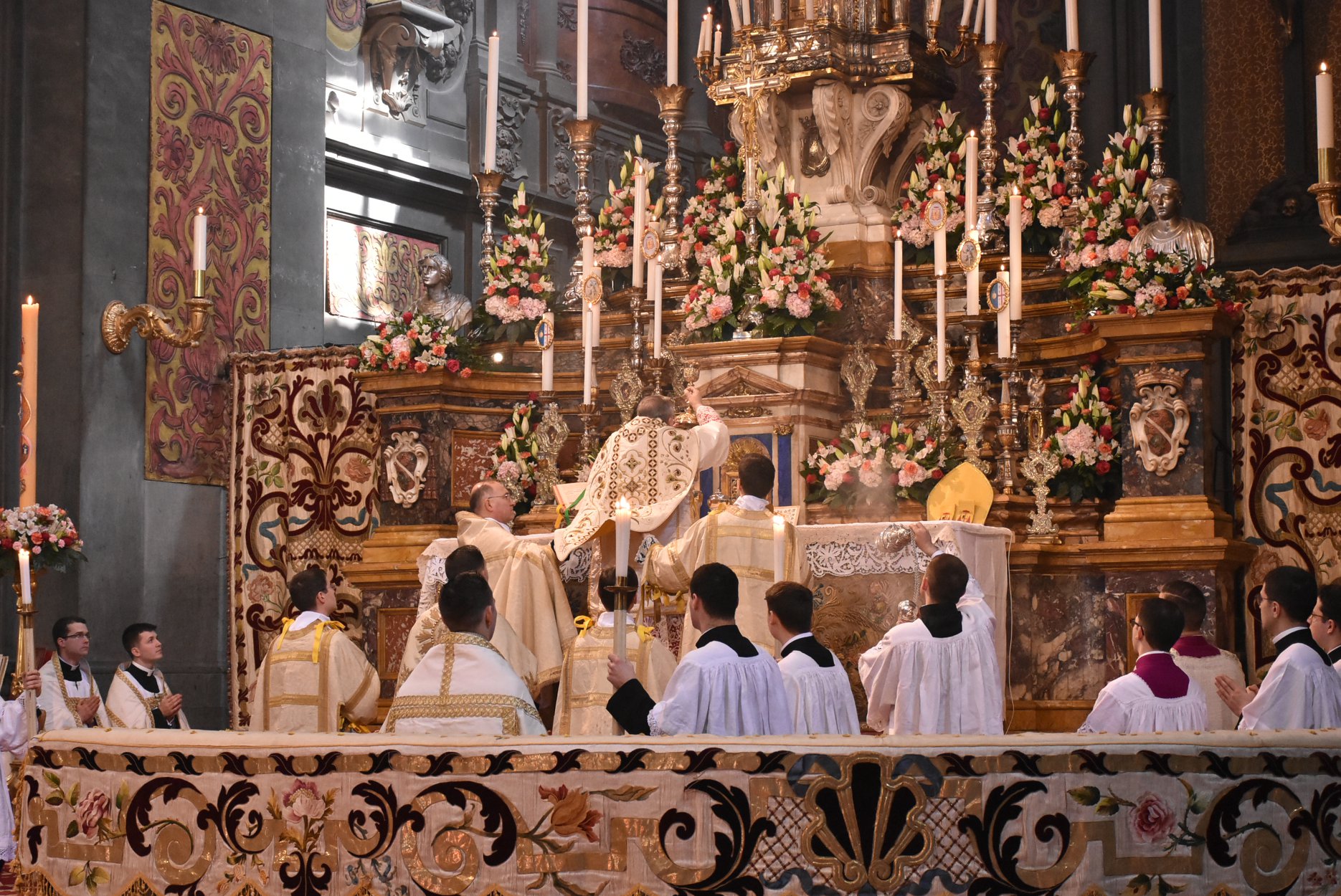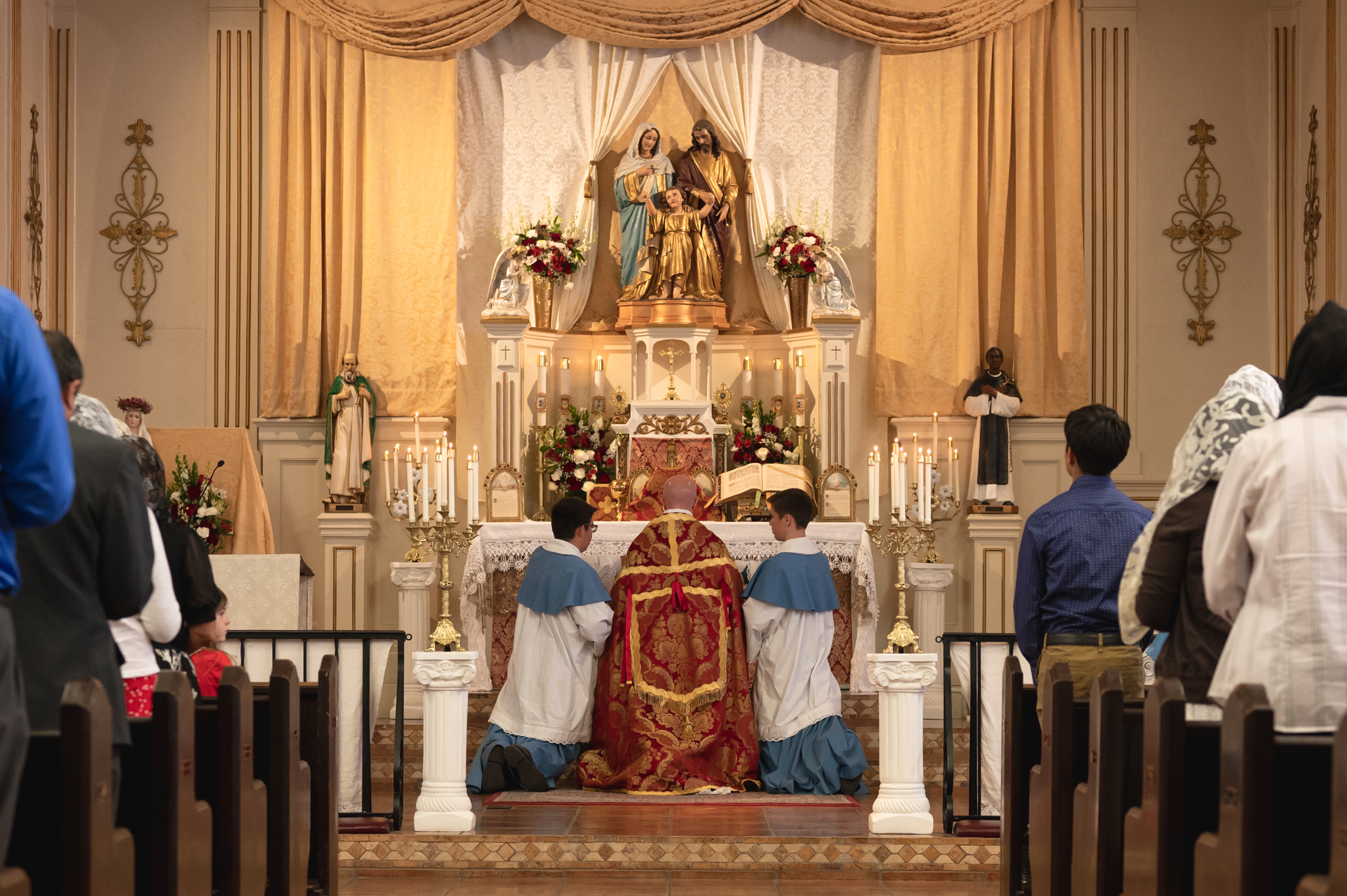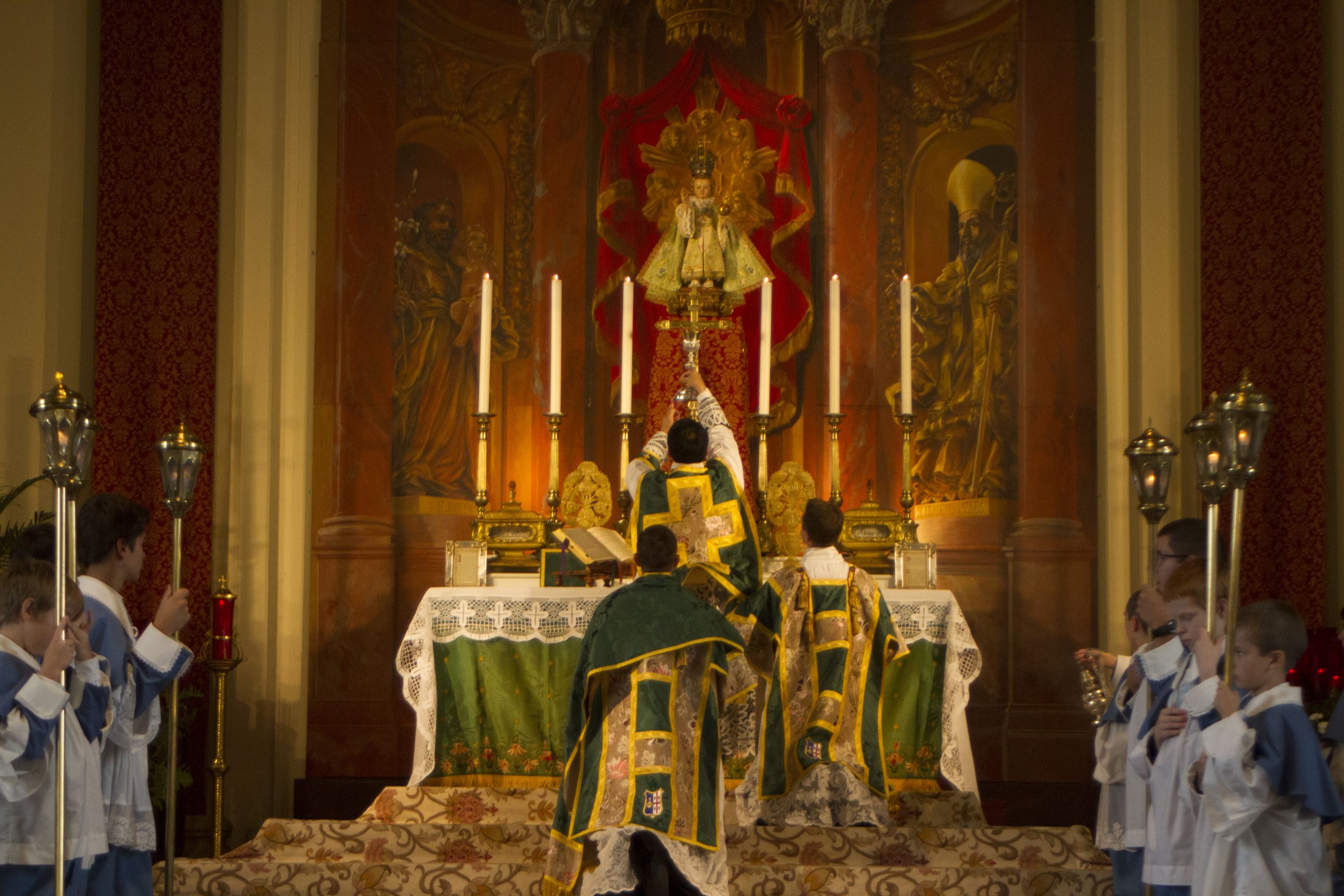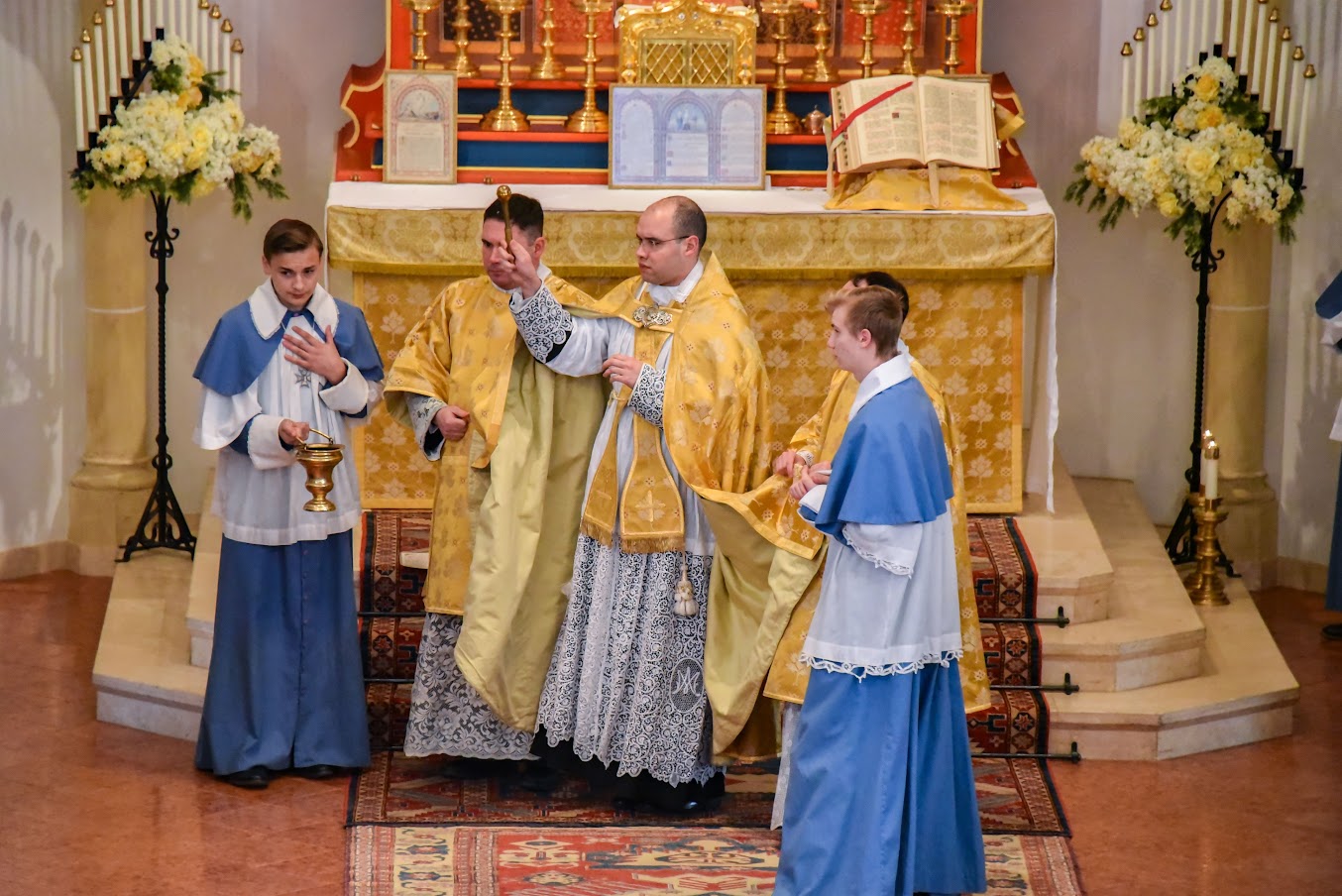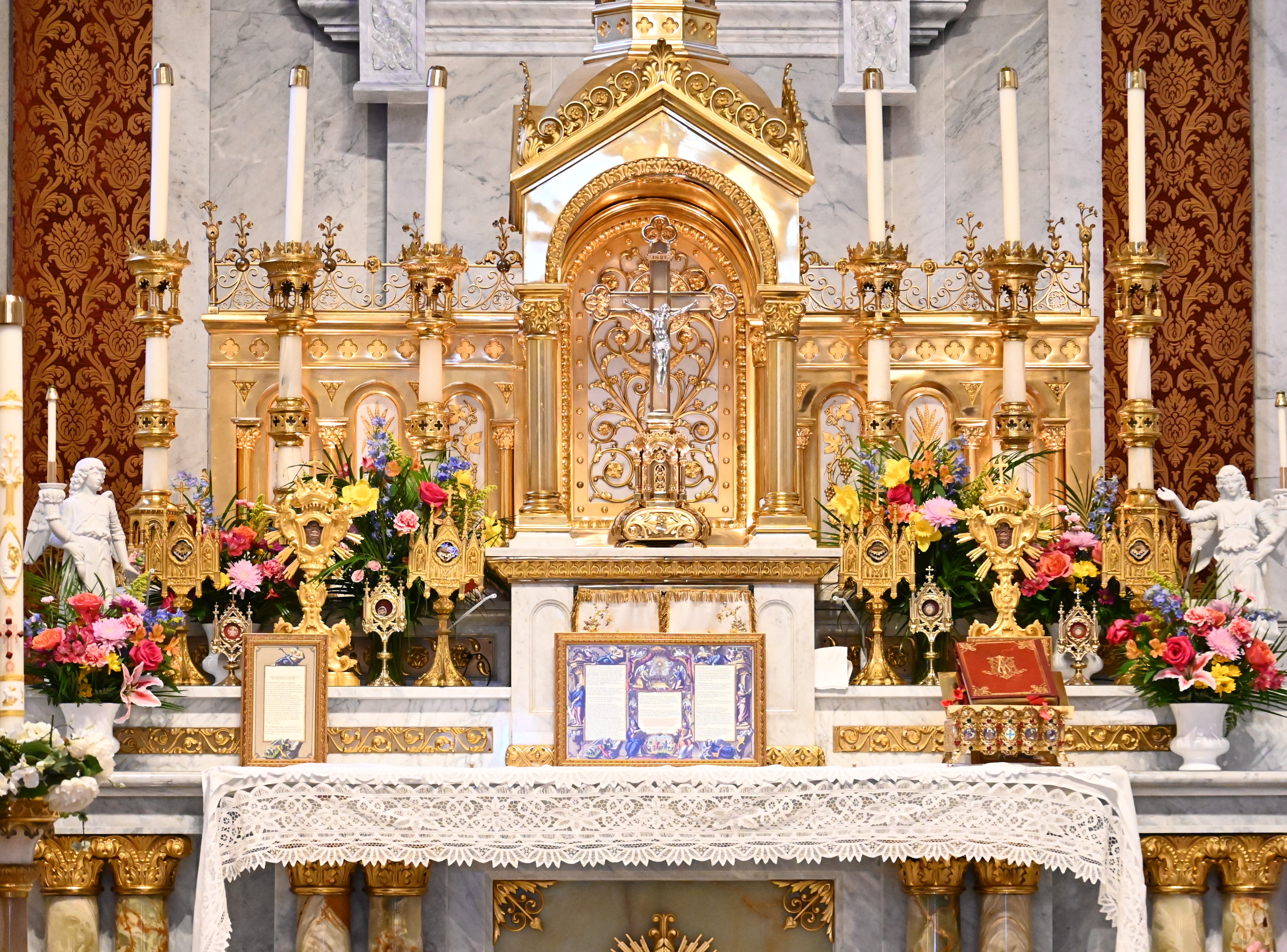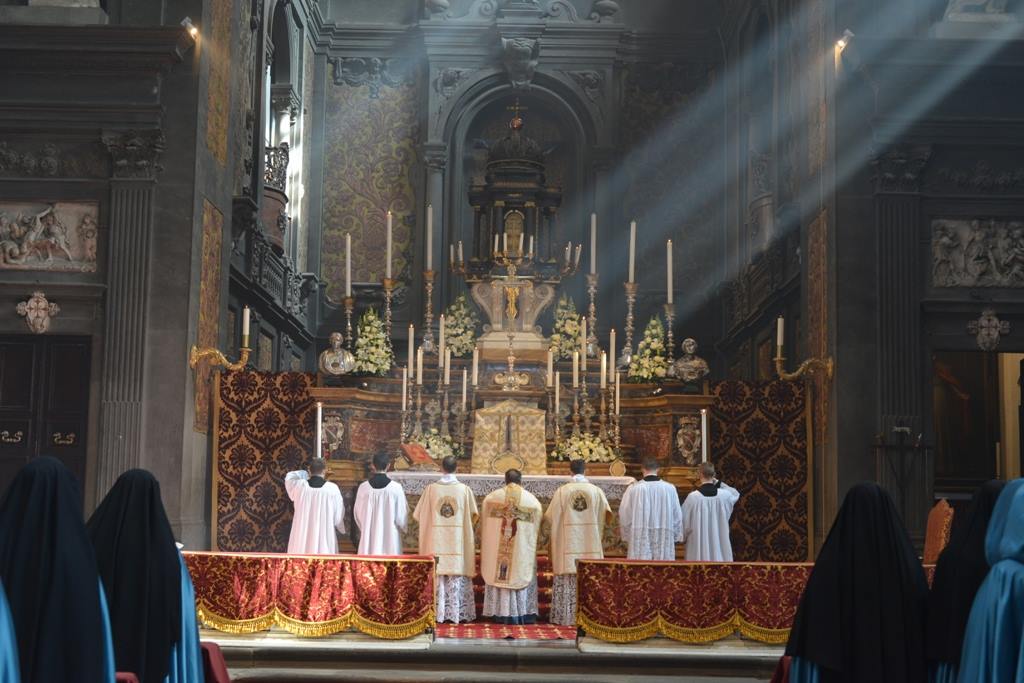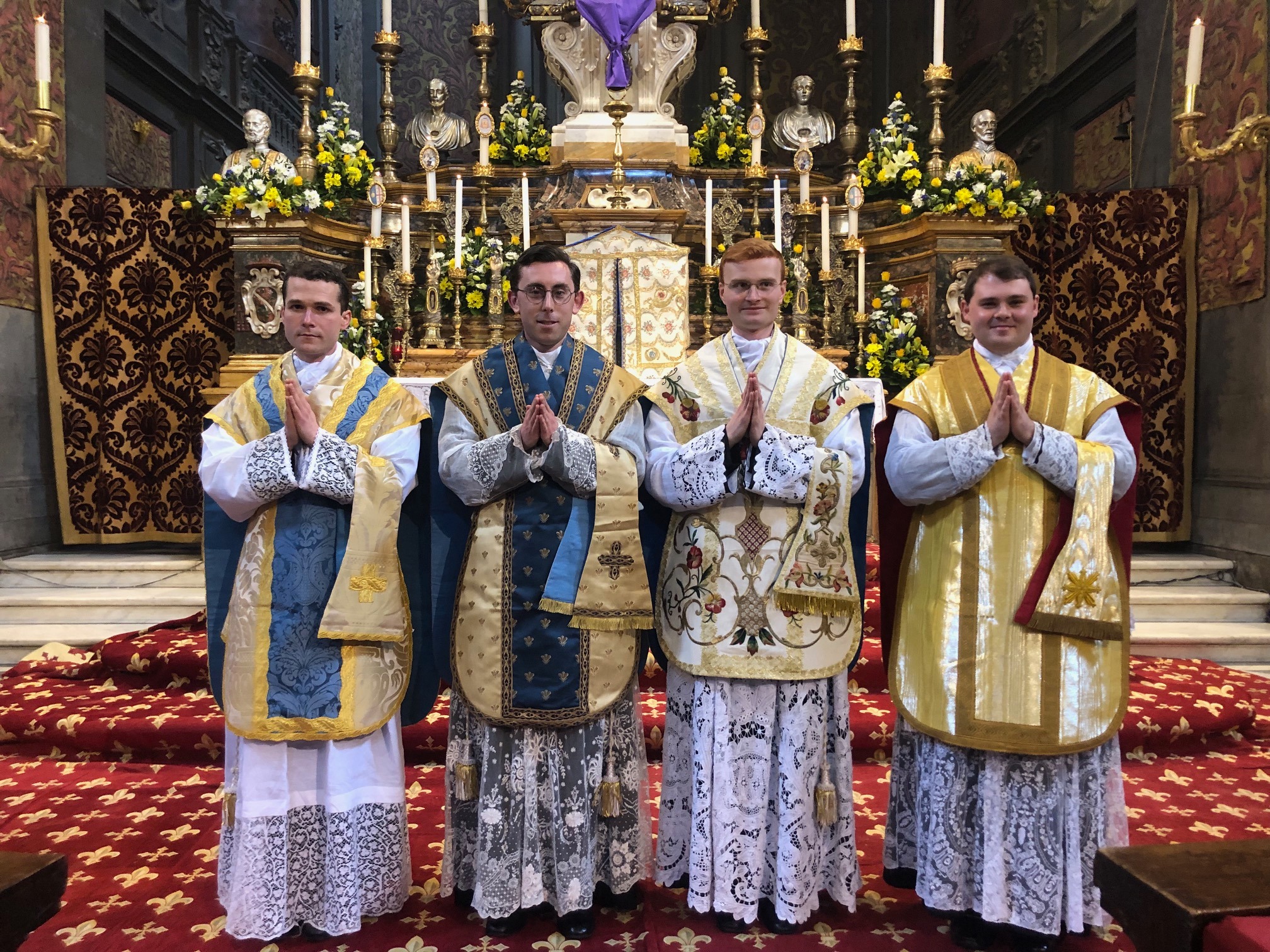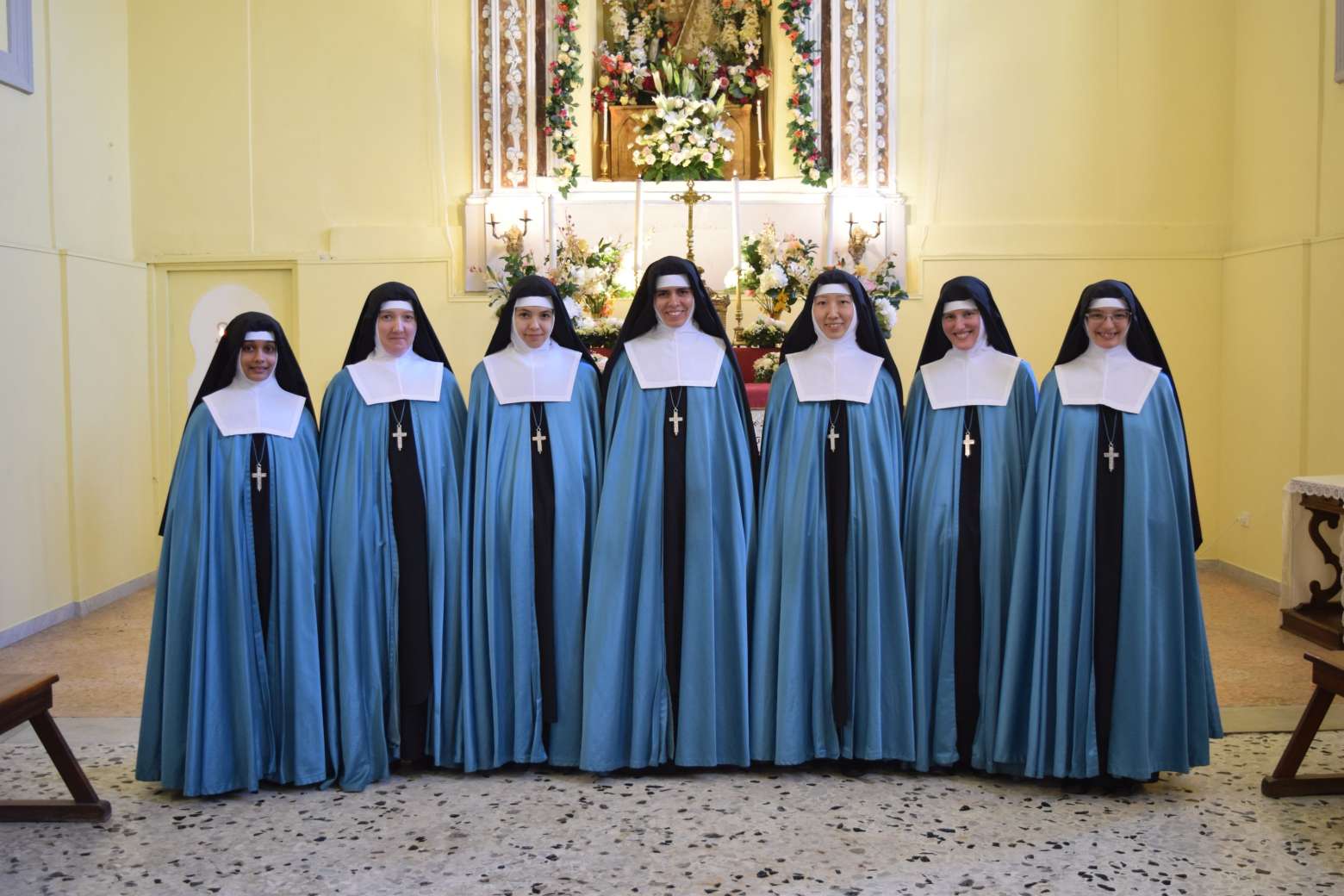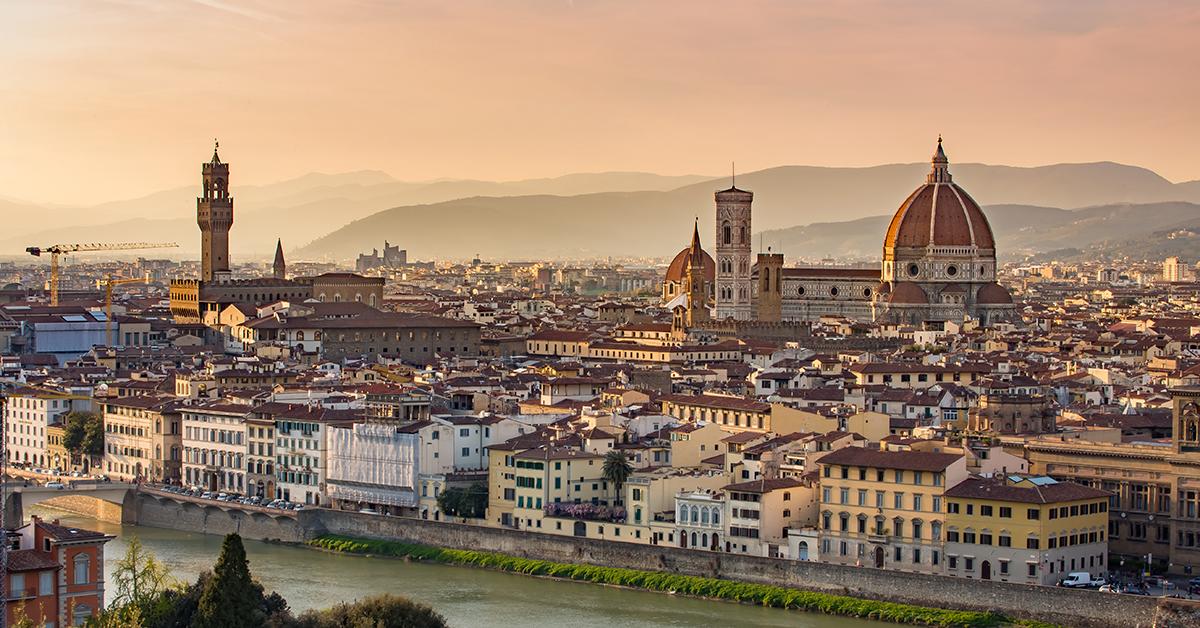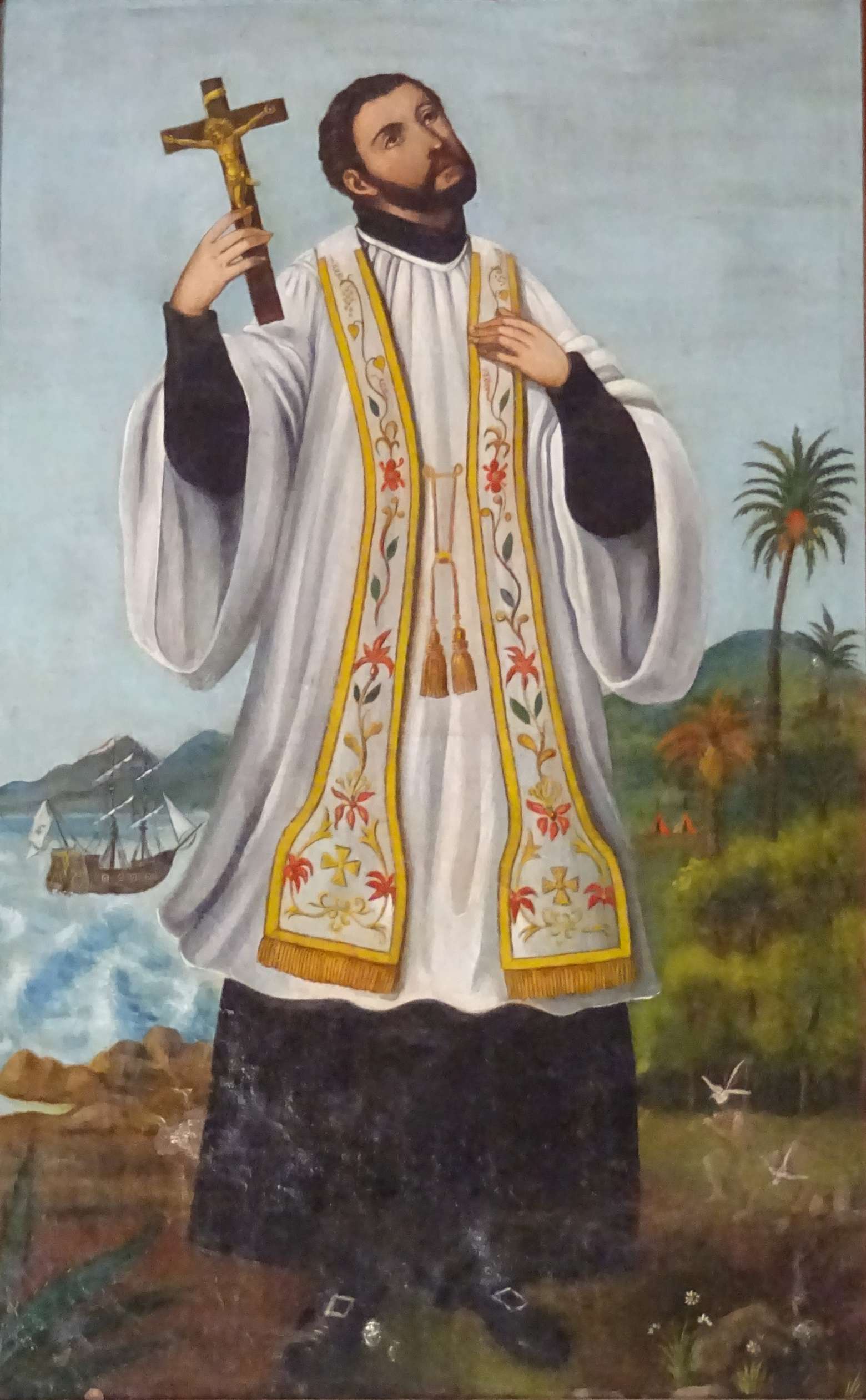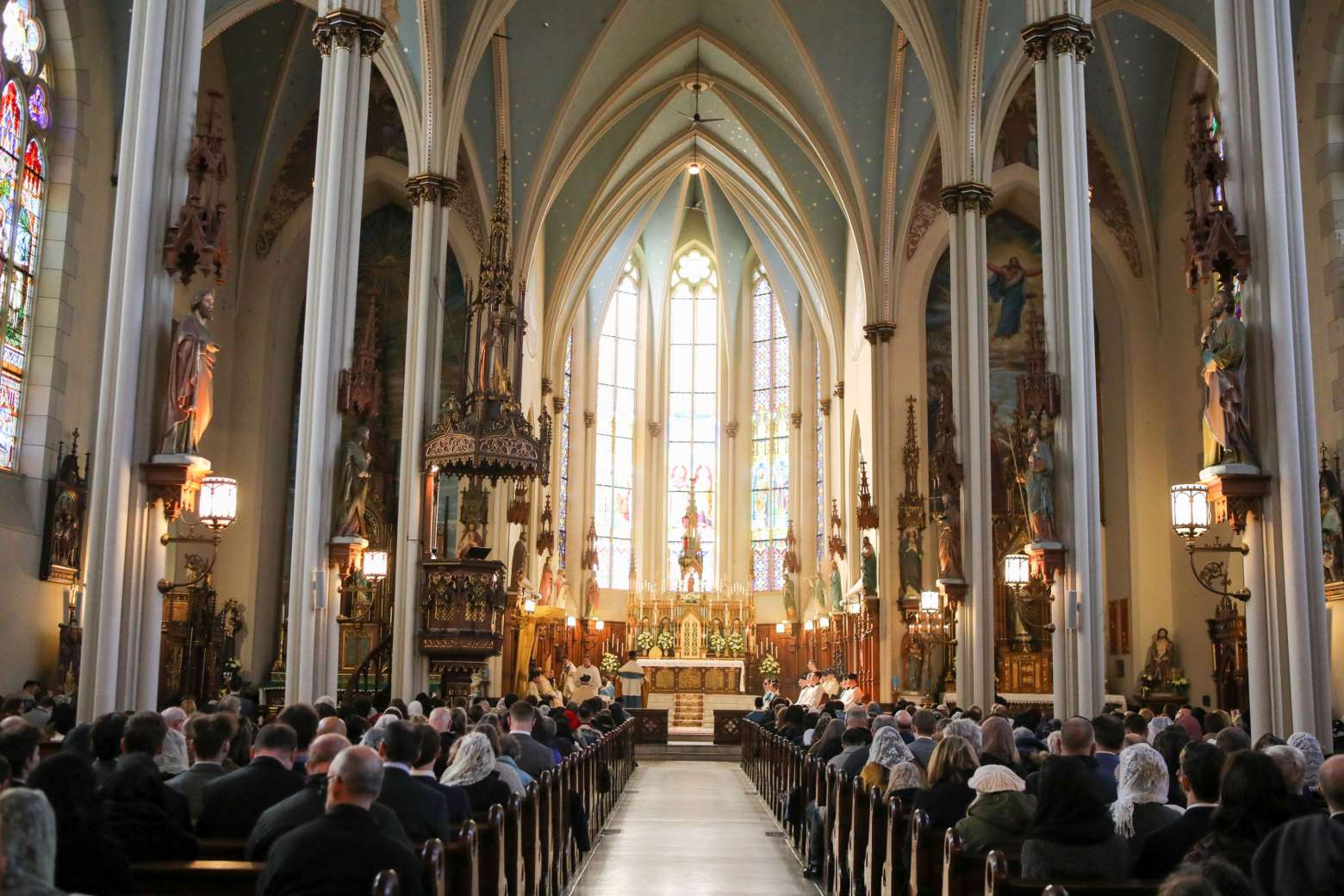- Institute Pages
Canons
Secular Canons
What is a secular canon?
Secular canons have become a rare ecclesiastical existence today. For a long time, most of us have known them only as cathedral canons, often venerable for their merits and age, but whose numbers are diminishing. In many cathedrals, the powerful chapters of the canons of old remain only the solemn and empty stalls. However, in the history of the Church, the reality of canons was not reduced to this single form of canonical life.
On the contrary, a great variety of recent research reveals a very diverse world of canons, flexible and adaptable to the historical, material and pastoral circumstances of the Church. Catholic culture, as we still know it today, would not be conceivable without the important contribution of the various forms of canonical life over many centuries.
A Life of Community
Every form of community life in the Church refers to the life of Our Lord with his disciples. Without exaggerating the parallel, we already recognize essential features of the canonical life in the community of the college of the Twelve with their Master, notably in prayer and the common table, as well as in a certain community of goods. This life found an echo in the apostolic life of the Apostles and the first Christians, which has always remained an ideal for the development of religious life and then of the canonical life, with varying interpretations.
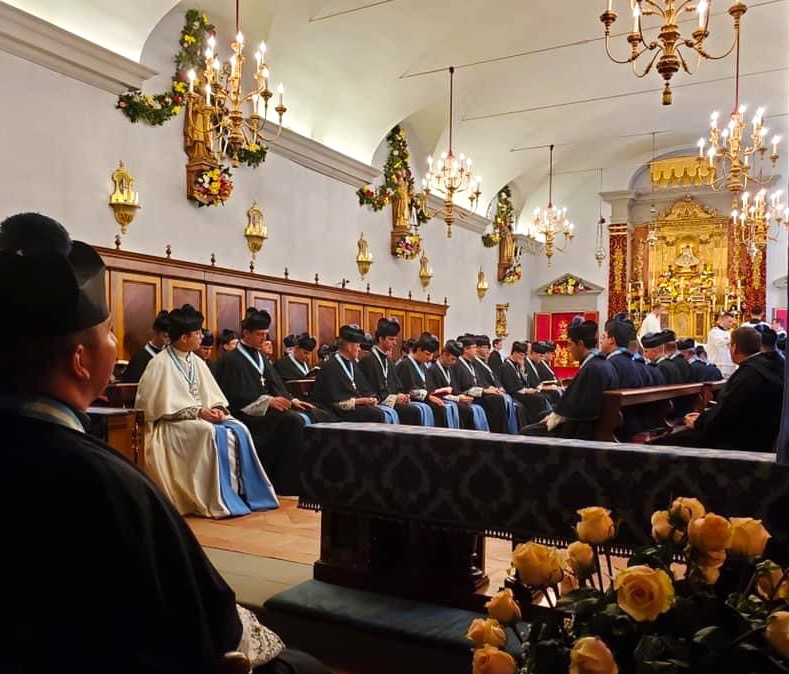
The first secular priestly communities, wishing to follow this apostolic life, appeared in the 4th and 5th centuries, often around bishops and their cathedrals, the most famous around Saint Augustine. The name canonicus, i.e., canon, is not found, however, before the 6th century.
A Solemn Liturgy for the Glory Of God
Going between religious and secular life, these groups gradually established themselves in the cities, favored by great figures such as Saint Boniface or Saint Chrodegang of Metz who, towards the end of the 8th century, wrote a rule for the canons of his diocese.
Finally, in 816, the Council of Aix-la-Chapelle, presided over by Louis the Pious, son of Charlemagne, wanted to regulate the already existing canonical circles, establishing an ordo canonicorum, the order of canons, which, within the secular clergy, was supposed to be the equivalent of the ordo monachorum of the religious.
Among the major differences between these two ways of life, we can identify, among the canons, a solemn liturgy, with a propensity for the care of souls, as well as a less strict rule without vows and especially without the obligation of religious poverty. Henceforth, the character of the canons was clearly secular, but worship for the glory of God remained at the center of their life in the middle of the world.
At the time of the so-called Gregorian reform, the canonical life also underwent a further development which, from new roots developed in the 11th and 12th centuries, led to the existence of another form of the canonical life, this time comprising solemn vows, including personal poverty and a stricter rule of life.
These “canons regular” refer to the “Rule of St. Augustine”, and are grouped into various families, some of which still exist today. They normally live in abbeys under the authority of a superior and constitute priestly communities. Like the secular canons, they attend to the solemn liturgy, with a pastoral connotation, and devote themselves to the care of souls, which distinguishes them from contemplative monks.
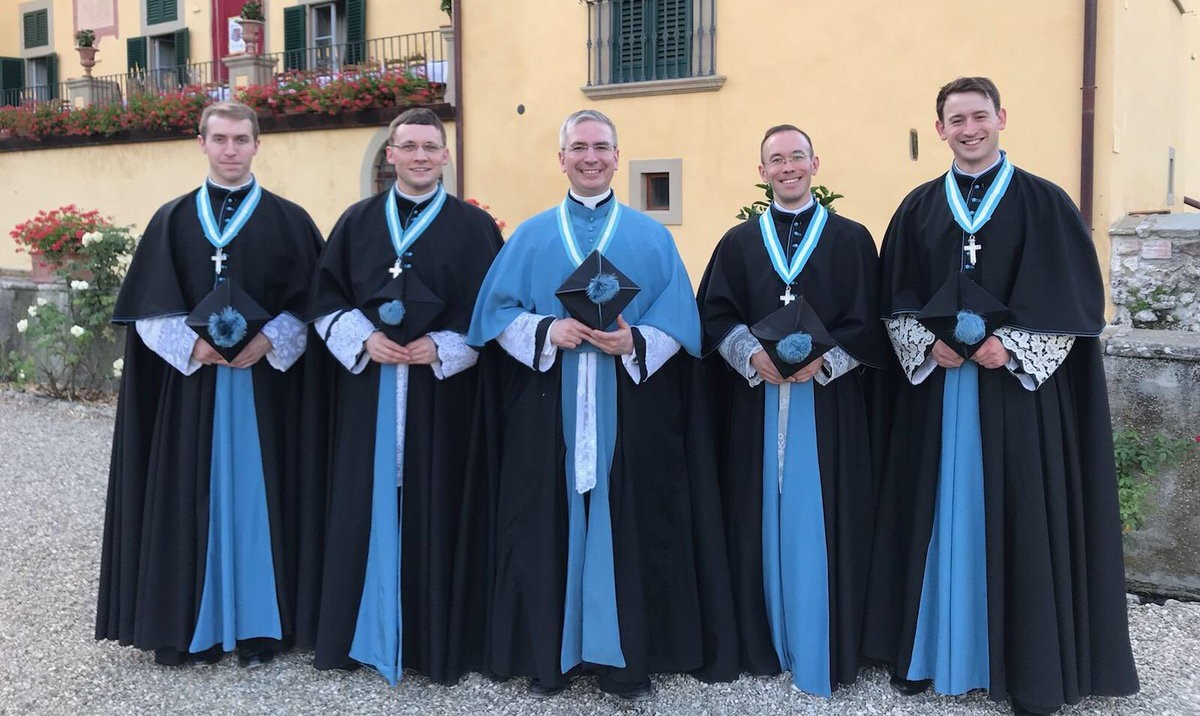
The secular canons also developed on their side, especially with the help of the system of benefices, which spread throughout the Church at the same time, and which helped to maintain the secular clergy. The chapters of the cathedrals began to own their own property, each canon enjoying a benefice that allowed his subsistence.
Alongside them, so-called collegiate churches, with individual or common benefices, were gradually founded by powerful benefactors. They had their own chapters of canons, who solicited the liturgy for the people, ran schools or took care of other pastoral or cultural tasks. Thus, most cities had chapters of canons that contributed greatly to the development of Catholic culture in various fields.
Until the 16th century, there were still traces of communal life—especially the communal table—but most canons lived in their own homes, and the only common activity was the liturgy, to which they remained faithful even in times of decadence, sometimes with the help of vicars who replaced them for the service of the choir. A large part of the cities of France were strongly influenced by these canons in their religious, intellectual and artistic life.
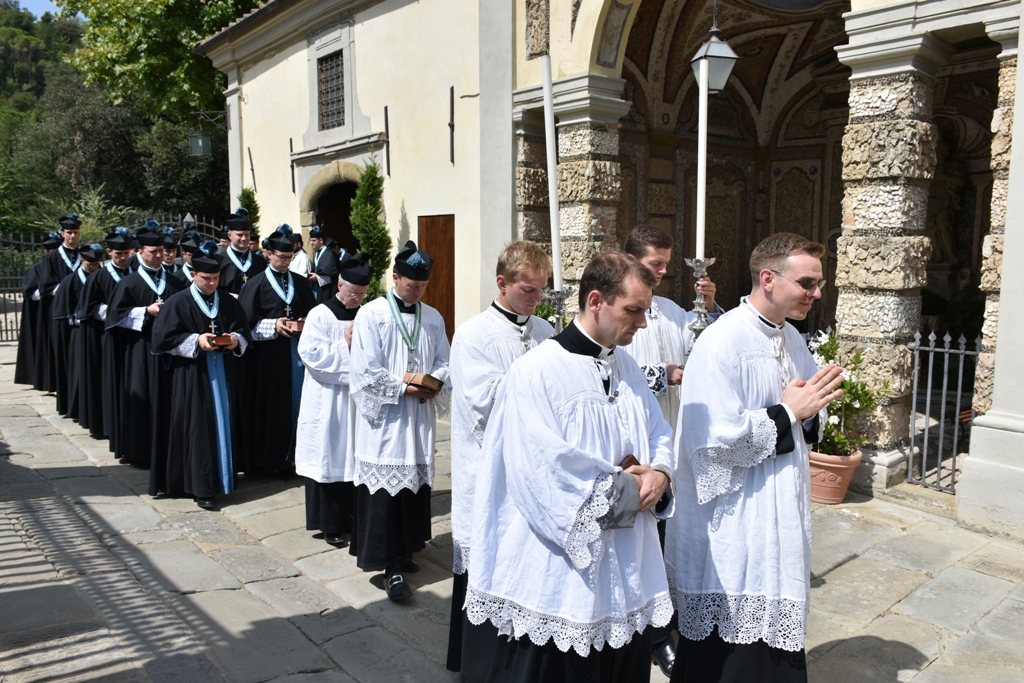
Obviously, the secular canonical life, like that of the monks and regulars, has had its ups and downs throughout history. In addition, there have been numerous reforms affecting the chapters: a good number of them were regularized before returning to the secular form; others were suppressed for lack of assets or did not survive the vicissitudes of the times. Attempts to reform canonical life saw the birth, in the 15th century, of communities that wanted to revive the community life of the seculars. The Canons of St. George in Alga in Venice, from whom St. Lawrence Justinian, the first Patriarch of the city, came, placed themselves under the authority of a single superior, and possessed, in common use, the benefits of their churches. They influenced other centralized congregations of secular canons, the last of which was abolished in 1835, following the secularization of ecclesiastical property in Portugal.
A Flexible Status
This brief historical overview, while remaining very general, shows that canonical life was indeed very flexible. The two great forms of secular and regular canons were each divided into different families with particular characteristics.
On the side of the secular canons, we find the canons of cathedrals or collegiate churches, but also of congregations, all of whom were destined to care for the solemn liturgy, in order to create a supernatural bridge between God and the Christian people in the world. It is in this tradition that the Holy See wished to integrate the Institute of Christ the King Sovereign Priest by conferring on it, on the feast of the Holy Rosary in 2008, the status of “Society of Apostolic Life in canonical form”.
This life ad instar canonicorum, that is, equivalent to that of canons in the history of the Church, was confirmed in a definitive way, with the title of canon, on January 29, 2016, in the 25th year of existence of this canonical community.
With this recognition, the Church shows that its history is still alive and that the canonical reality, entirely at the service of the liturgy to show the glory of God to the world, is adapted to experience a true rebirth in the present world.
Written by Msgr. Michael Schmitz

